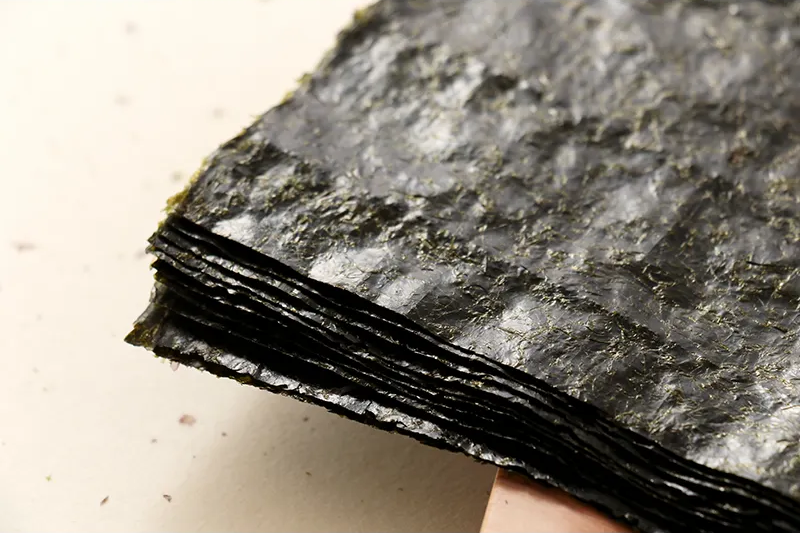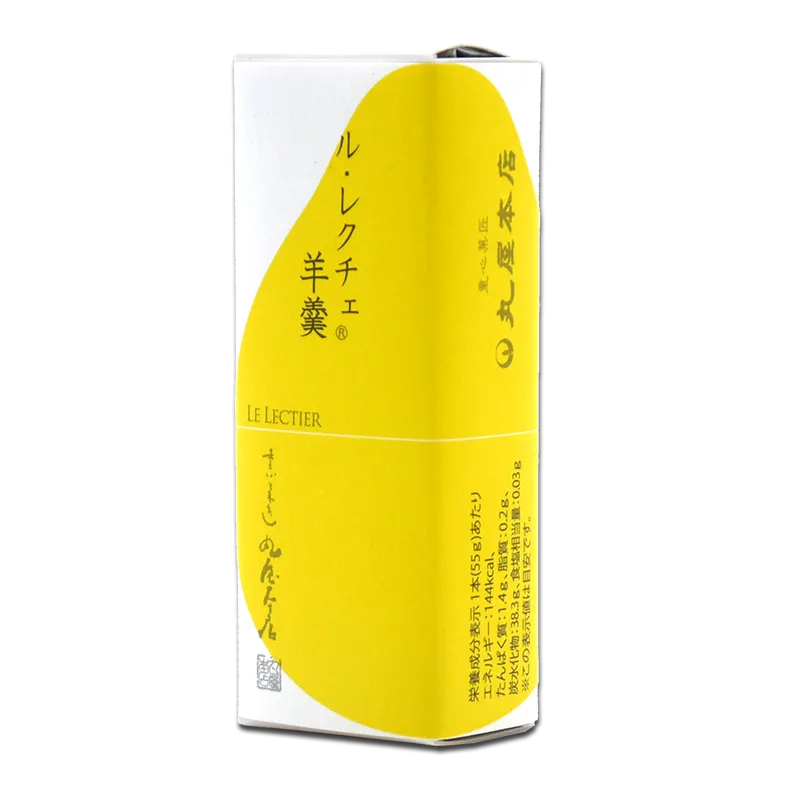Pairing with Music
If drinking sake alone can transport you to a unique state of mind, enhancing this experience with music that matches the ambiance of the drink can make it even more enjoyable and relaxing. The music of the shakuhachi or koto, classical music, natural sounds from the environment where the sake is produced, artists connected to the region, etc., all have the potential to enhance our appreciation of the sake's quality. With this in mind, the ultimate experience would be music composed specifically for sake tasting, performed by musicians gathered for the occasion. It might be time to reintroduce sake culture...
Hinamatsuri, It's Not Just Dolls!
Hinamatsuri, the "Doll's Festival," is associated with girls, while Tango no sekku, "Children's Day," is more associated with boys. But did you know that both of these celebrations are derived from Chinese numerology? Getting an even number by adding the same odd number of the day and month (thus 3/3 and 5/5) was considered bad luck, so what better way to ward off misfortune than with a festival! And as is usual with traditional festivals and celebrations, they originally had an agricultural origin. In this case, it's a celebration of the peach tree, whose flowers bloom at the beginning of...
Behind the Red Gate
If there's one photo that's omnipresent in travel catalogs for Japan, it's undoubtedly that of the red torii gate that appears to float on the sea. Where is this gate located? In the Seto Inland Sea, on the island of Miyajima, facing the city of Hiroshima. But let's be honest: the gate is nice for about 5 minutes for taking photos. It's the rest that's worth the detour! From Hiroshima, a ferry takes you to the island of Miyajima, a journey of about fifteen minutes to enjoy the sea spray while the beautiful landscape of this mountainous and forested island...
Why Choose Mikuniya Products?
Since the 17th century, Hiroshima Prefecture has been renowned for its cultivation of nori seaweed in the vast fishing grounds of the Seto Inland Sea. The quality and taste of the seaweed owe much to the cultivation process and the quality of the waters in which the seaweed is grown – one is tempted to use the word "terroir" –, so the region has something unique, a competitive advantage that it has continued to exploit to this day. When land reclamation eliminated the tidal flats used for cultivating nori, new techniques emerged, such as net farming on wheels and lifting...
Recent articles
Categories











